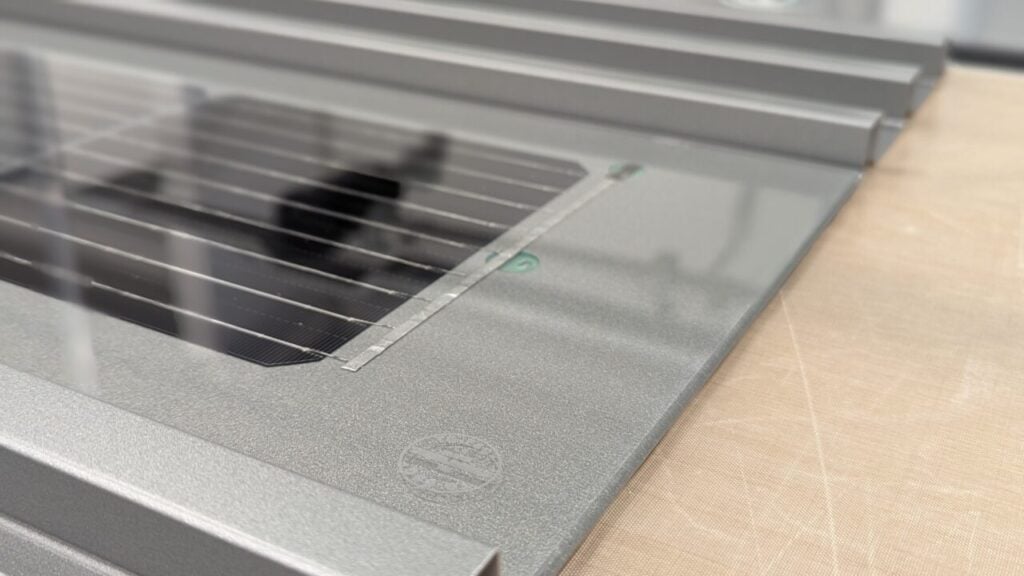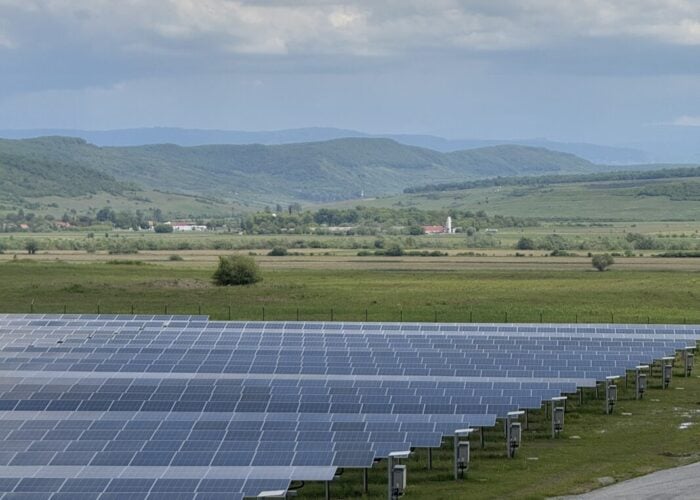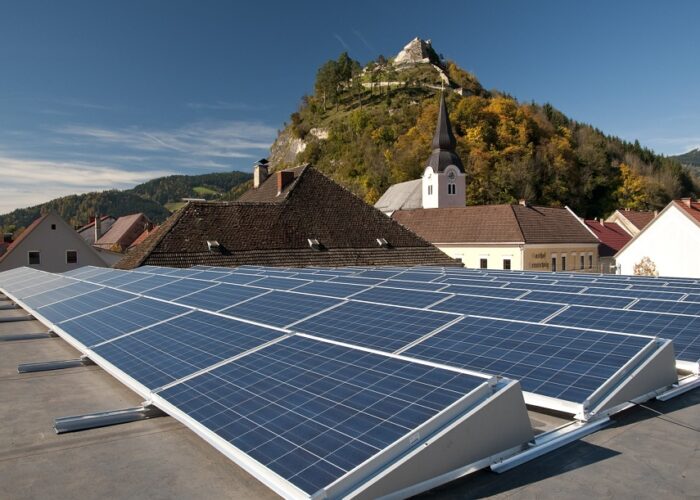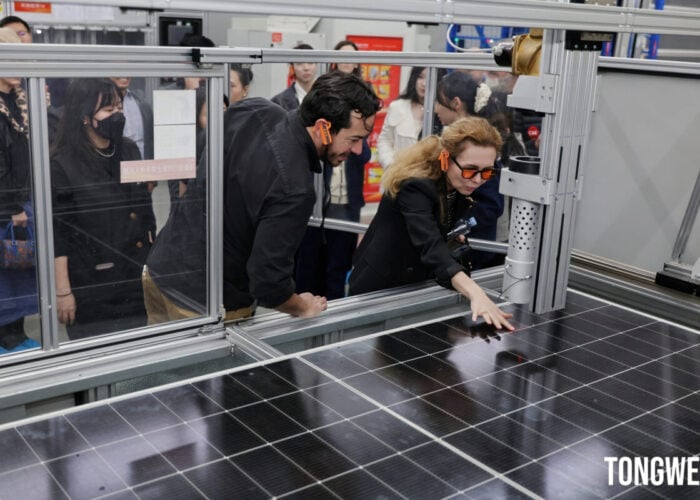
The Fraunhofer Center for Silicon Photovoltaics (CSP), a German research organisation, has launched a new project to research manufacturing processes and materials usage for use in building-integrated photovoltaics (BIPV).
The project, dubbed ‘AluPV’, will see Fraunhofer collaborate with Baltic Renewable Partners, the Institute for Solar Energy Research, MN Metall, Solarnative and VHF Plan Liesenhoff until the end of next year, and will be completed at Fraunhofer’s Center for Silicon Photovoltaics in Germany.
Try Premium for just $1
- Full premium access for the first month at only $1
- Converts to an annual rate after 30 days unless cancelled
- Cancel anytime during the trial period
Premium Benefits
- Expert industry analysis and interviews
- Digital access to PV Tech Power journal
- Exclusive event discounts
Or get the full Premium subscription right away
Or continue reading this article for free
A key area of study will be adhesives, and determining how best to connect module backsheets to aluminium surfaces, which could be of particular interest to the BIPV sector, where panels are often connected to aluminium structures. The research will also look at the processing of different material types, including aluminium, glass and polymers, to determine how best they can be applied to building facades.
“We want to implement a novel composite of aluminum facades and PV modules,” said Ringo Koepge, a member of the Fraunhofer’s PV Modules, Components and Manufacturing group, which is showcasing some of its research at the EU PVSEC event currently underway in Vienna. “The focus is also on the further development of lightweight profiles to minimise the overall weight.
“However, instead of labouriously concealing the solar cells, we are developing an innovative modular facade system that allows new degrees of freedom in the design of PV-activated facades.”
Additional research into the application of BIPV could be integral if the technology is to be deployed on a wider scale, with BIPV often considered a high-potential industry, but one that has failed to materialise as of yet. A European Commission report found that Germany alone could have the potential for 81GW of BIPV capacity, but the country’s solar sector has moved in other directions, with other figures from Fraunhofer ISE finding that ground-mounted solar had the lowest levelised cost of electricity (LCOE) in the country.
Earlier this year, the research organisation unveiled a tunnel oxide passivated contact (TOPCon) cell with a power conversion efficiency of 24%, as it looks to invest further in technological research and development.






